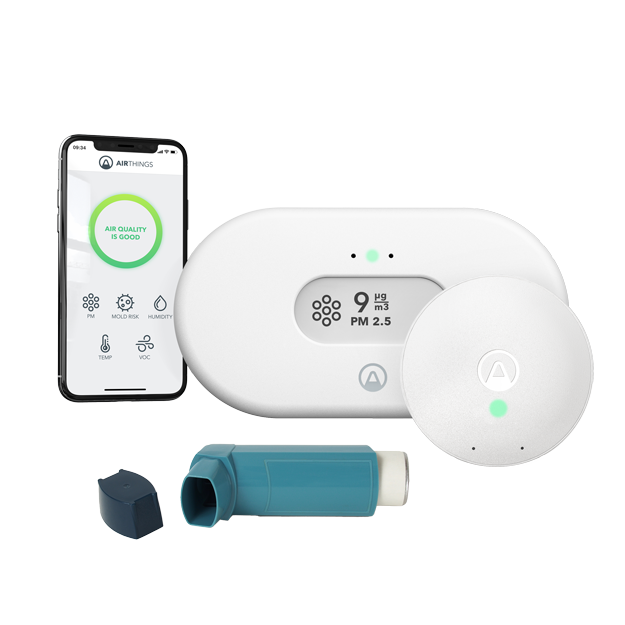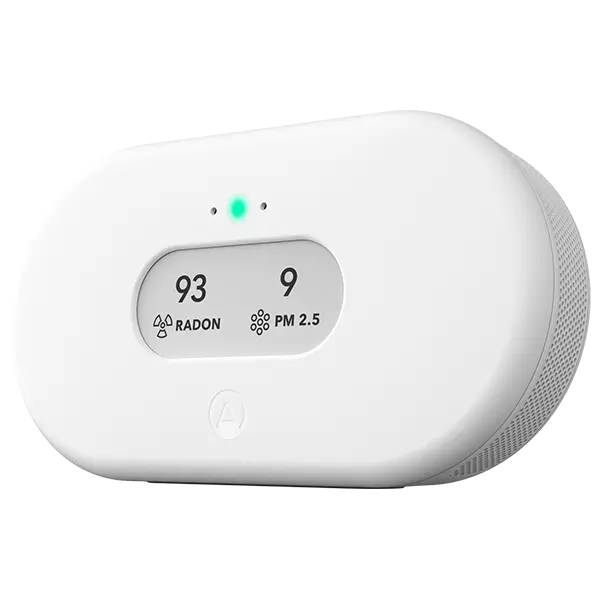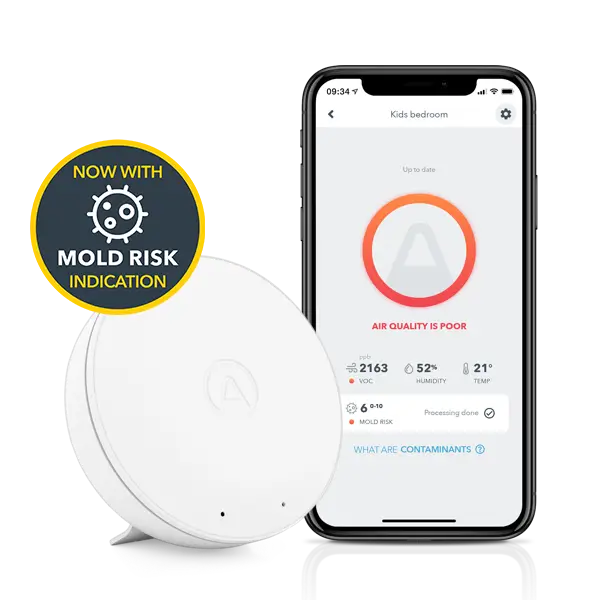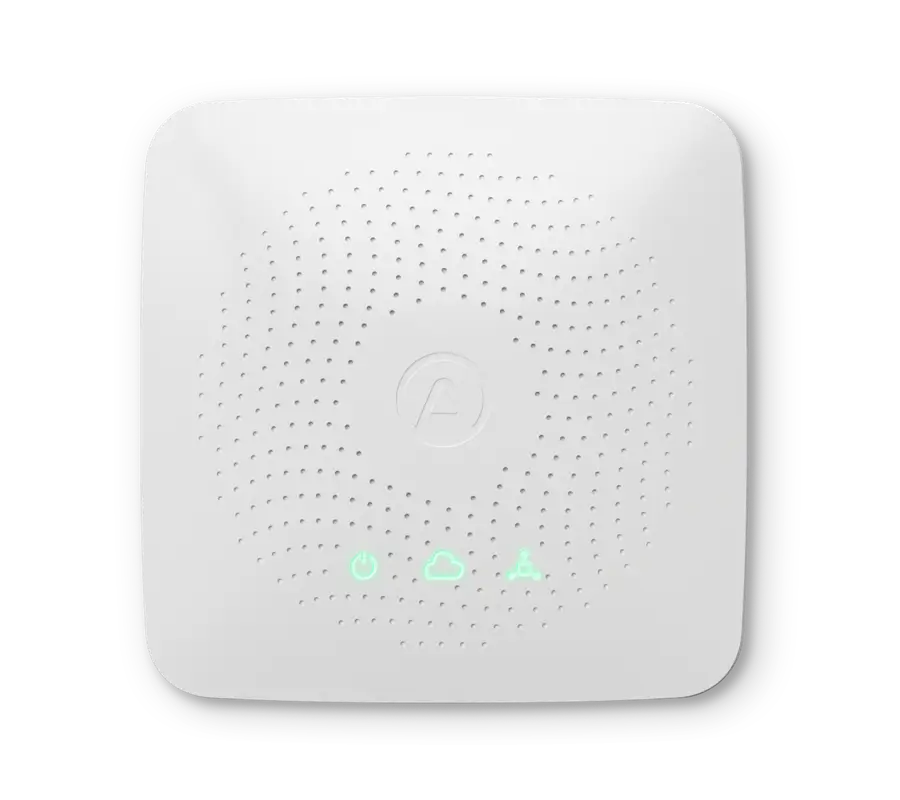Keep reading, check out our other articles below!
|
Health professionals believe that allergens in the air we breathe both cause asthma and trigger the condition. When you have asthma, your airways are already a little inflamed. Certain external factors, or ‘triggers’, are likely to further irritate your lungs and make these symptoms worse. These can include second-hand cigarette smoke and allergens such as dust mites, damp, mold, pollen, and pet hair8.
If your home is too humid, it could be a breeding ground for potential asthma triggers and allergens. Dust mites are more likely to thrive when the humidity in your home exceeds 50%10. These microscopic bugs like to live in soft furnishings. carpets, and bedding, causing allergic reactions11.
Mold and mildew also flourish in high humidity. If you breathe in the spores, they can trigger asthma, whether you’re allergic to these substances or not12. Additionally, when the air is warm and humid, many people feel that breathing becomes harder work, so these conditions can cause them to breathe faster, which risks making symptoms worse13.
High levels of carbon dioxide (CO2) have been linked to asthma, for similar reasons to humidity. This greenhouse gas contributes to the proliferation of pollen and spores, both of which trigger the condition. CO2 fumes from engines, heaters, and other outlets may also irritate asthmatic lungs, making them more sensitive14.
People who have allergic rhinitis (hay fever) are at increased risk of developing asthma as the upper airway affects the lower part of the airway leading to the lungs.
Without a doubt, air quality in your home can have a big impact on your health. Find out how to improve indoor air quality to help control asthma here →










.webp)




%20(1).webp)

%20(1).webp)
